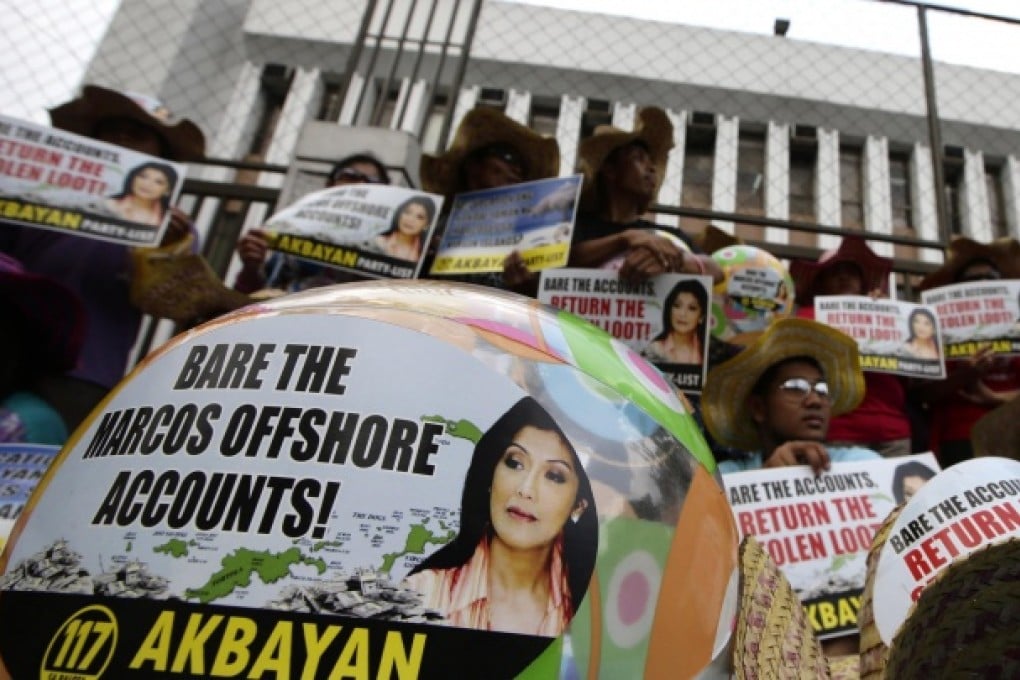Embarrassment of riches
Chance finds have shed light on the vast fortunes stashed away by the Marcos regime. But with members of the former first family of the Philippines in positions of power, returning the wealth to the people remains a challenge, writes Raissa Robles

In a nondescript building along Manila's traffic-choked Edsa (Epifanio de los Santos Avenue) highway, the hunt continues for a toppled dictator's ill-gotten wealth. In this edifice - now occupied by the Presidential Commission on Good Government (PCGG) - Maria Imelda, or Imee, the eldest daughter of Imelda and Ferdinand Marcos, once had an office. Inadvertently, she left behind a very interesting notebook.
The book contained lists of vast secret holdings belonging to Imee's father and held by dummy nominees in various corporations. Other incriminating documents were left behind in Malacanang Palace when Ferdinand Marcos was driven out of the country in 1986 by a peaceful "people power" uprising, staged along the same highway.
Those documents led investigators to, among other discoveries, secret Swiss bank deposits totalling US$356 million and four buildings in Manhattan, New York.
In the palace basement were found what has become the greatest symbol of the regime's excesses: 3,000 pairs of shoes that had belonged to Imelda - then a powerful cabinet minister. Private auditing firm SGV catalogued the shoes, pair by pair, but Imelda, then known as Asia's "Iron Butterfly", dismissed the audit as "[a] lie. [I have] only 200 pairs. I had more panties than shoes … [The government] displayed them and it was good all my panties were black. I had thousands of them."
The shoes were displayed to help expose the true Ferdinand Marcos, who had vowed, in his inaugural presidential speech, in 1965: "Any act of extravagance in government will be considered not only an offence to good morals but also an act punishable with dismissal from office."
Investigators' estimates put the ill-gotten assets amassed by the tyrant and his wife - and stashed in Manila and abroad - at US$10 billion. By contrast, their combined net worth - calculated from official earnings and tax returns - shortly before their ousting was less than US$1 million: US$957,487.75, to be exact.
Corazan Aquino, who replaced Marcos, made it her top priority to sequester the family's assets. Indeed, the first act of her revolutionary government was to create the PCGG for that purpose.